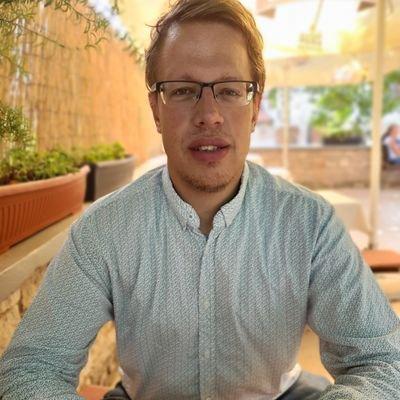On having leverage and using it for pushing open-source software adoption
Back in late August and early September, I attended 4th CP2K Tutorial organized by CECAM in Zürich. I had the pleasure of meeting Joost VandeVondele's Nanoscale Simulations group at ETHZ and working with them on improving CP2K. It was both fun and productive; we overhauled the wiki homepage and introduced acronyms page, among other things. During a coffee break, there was a discussion on the JPCL viewpoint that speaks against open-source quantum chemistry software, which I countered in the previous blog post.
But there is a story from the workshop which somehow remained untold, and I wanted to tell it at some point. One of the attendants, Valérie Vaissier, told me how she used proprietary quantum chemistry software during her Ph.D.; if I recall correctly, it was Gaussian. Eventually, she decided to learn CP2K and made the switch. She liked CP2K better than the proprietary software package because it is available free of charge, the reported bugs get fixed quicker, and the group of developers behind it is very enthusiastic about their work and open to outsiders who want to join the development.
